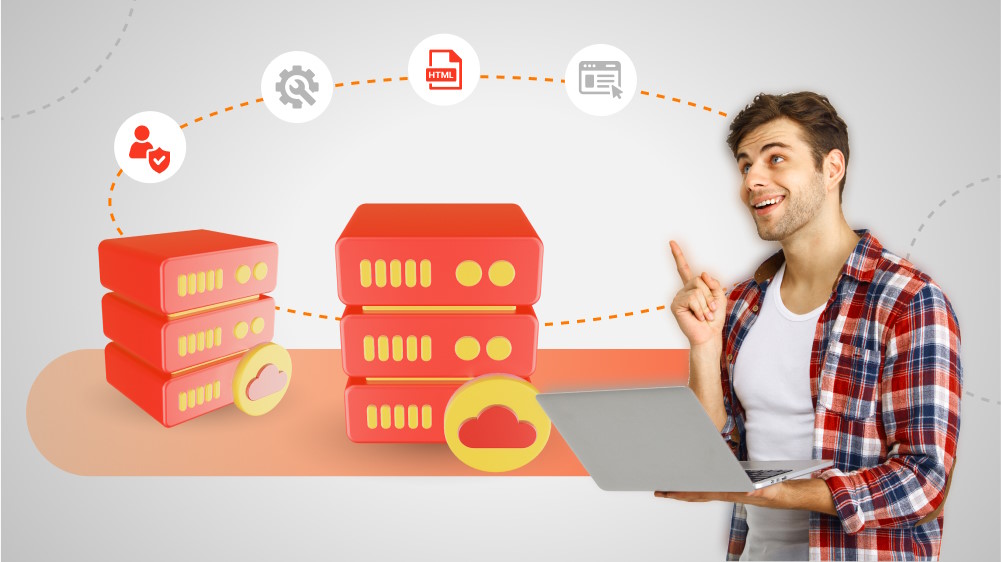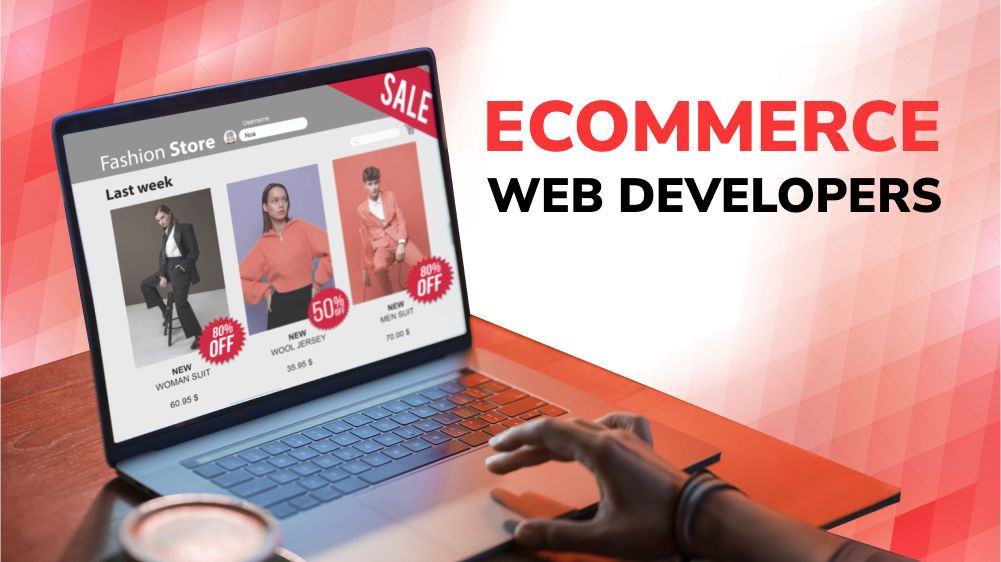An Exploration of Different Types of Web Portals with Real-life Examples
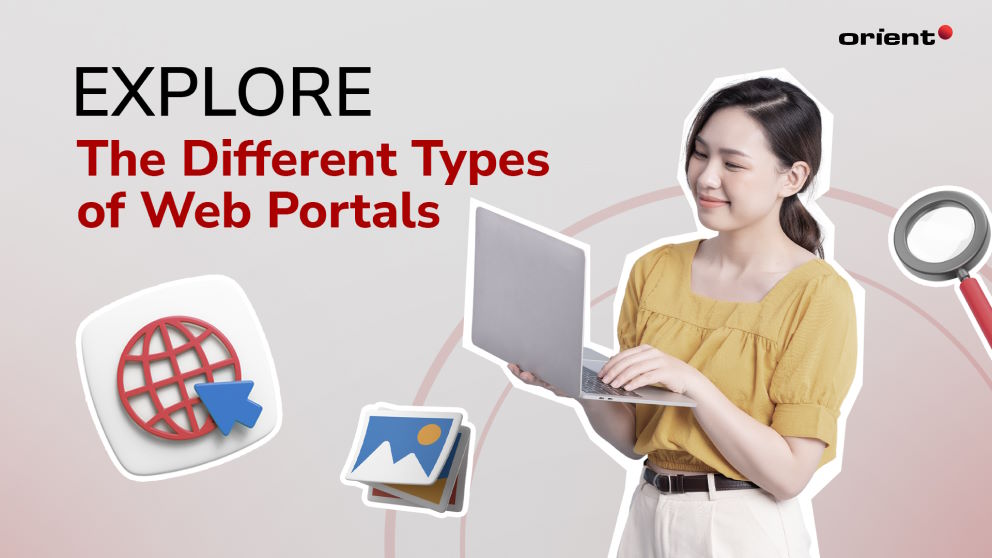
Content Map
More chaptersThe definition of a website in the present digital landscape is much more extensive than in previous times. New technologies develop rapidly, and increased user demand has introduced many other aspects to the website category, including web portals and web apps.
As the line between a website, a web portal, and a web app can be blurred due to some similarities and specific conversational contexts, they are very distinct with notable affinity. The truth is that businesses today tend to prioritize creating websites or web apps for branding needs and may overlook the broader functionalities a web portal can offer.
With the main purpose of offering users a centralized web-based platform for quick access to content and functionality, a custom web portal creates a more tailored user experience and eliminates the need to visit multiple websites separately.
This article serves as a useful information channel that gives all you need to know about web portals, from definitions, classifications, and distinctions to types of web portals with practical examples of each.
Everything You Need to Know about Web Portals

Not all users may be familiar with the distinction between a web portal and a website. The two terms are sometimes used interchangeably, leading to confusion. To better streamline the development process and ensure department consistency, it is necessary to be equipped with a deep understanding of web portals.
What Is a Web Portal?
A web portal is a web-based platform serving as a gateway for users to explore a variety of content, including business information, products, and services. Deploying web portals by companies serves various purposes, from acting as sources of information to functioning as points of sale or even collaboration environments.
Unlike websites, where information is scattered and arranged on many different web pages, web portals give users a more convenient experience integrating all needed resources into a single access point. By accessing this centralized location, users freely interact with multiple applications, tools, and content from various sources, which are customized based on their preferences and web portal settings.
What Are Some Common Features of a Web Portal?
Web portals often include multiple features that bring value to the target audience. Depending on the types of web portals and the purpose of deployment in the initial stages, web portal functionalities can vary from one to one. Here are some common features found in a typical web portal:
- User Authentication and Personalization: Because resources on web portals are highly personal, they often require users to create accounts to access personalized features and content.
- Content Management System (CMS): This is an important tool that helps administrators create new pages, manage existing content, and manage media files.
- Collaboration and Communication Tools: In order to facilitate interaction and enhance engagement among users, some web portals may include discussion forums, chat features, messaging systems, and document sharing.
- Search Functionality: The search functionality enables users to enter keywords and find specific information within the portal.
- Analytics and Reporting: Analytic tools integrated into the web portal are used to gain valuable insights from user behaviors, thus optimizing user experiences and measuring success.
What Is the Classification of a Web Portal?
By relying on factors such as purpose, target audience, and functionality, web portals can be typically classified into two main types.
- Vertical Portal: Vertical portals focus on specific sectors, industries, and interest areas. They are not publicly accessible and only provide targeted information to a particular audience. Typically, through vertical portals, businesses get an ideal place to market their products and services, leading to a more user-in-depth knowledge of what they offer. On the other hand, if being used alongside apps like ERP software and CRM systems, vertical portals are tools to simplify the flow of internal information to employees and stakeholders within an organization.
- Horizontal Portal: Horizontal portals represent broad-based portals designed to serve the information and service access needs of a wide range of user bases. The information appearing on these portals is often helpful topics that cater to the general user needs and interests, such as search engines, weather updates, commonly accessed services, etc.
Is a Web Portal the Same as a Website?
If the above information is not enough to help you distinguish between a web portal and a website, here is a breakdown of the differences between these two for better understanding.
Websites refer to a collection of related static pages that present content such as text, images, videos, and links serving the need to provide information or promote a business. The general public can easily access the website they are looking for by accessing through a specific URL or domain. With the help of a website, businesses not only simply provide information but also increase brand recognition and customer engagement.
Back to the definition of web portals, think of it as a centralized hub that combines different tools, features, and content into one interface. A web portal acts as a more complicated web-based application and an entry point for target users to access various services, resources, and information from a single location. By providing many features and highly personalized information, it offers a more comprehensive and interactive experience and often requires user authentication to log in.
Types of Web Portals & Significant Web Portal Examples for Each
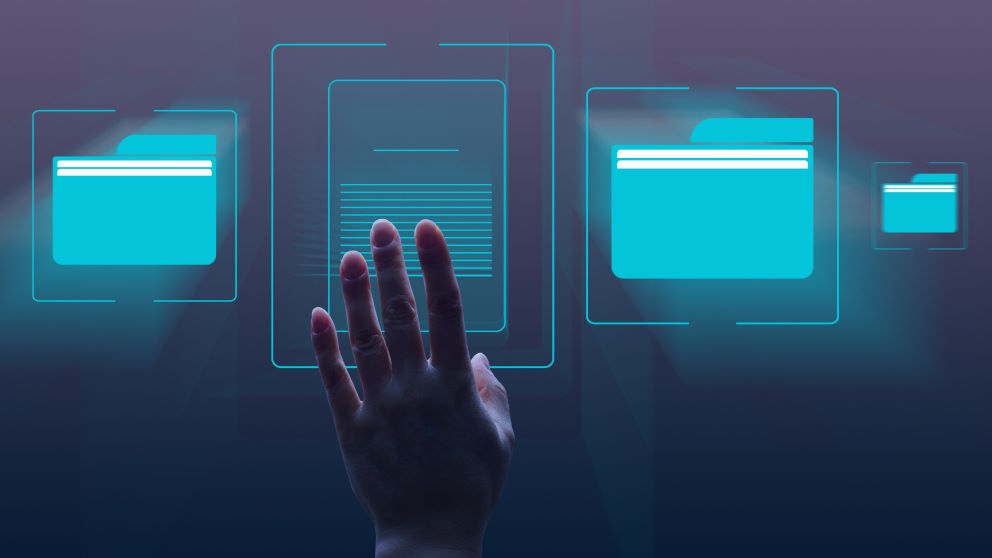
There are a multitude of web portals with distinct user interfaces and features available in the market. Depending on the demand of business owners and target audiences, web portals have different customizations, leading to diverse types of web portals.
What are the top web portals and their real-life examples? Guess you have used at least one type listed below.
Customer Portal
Customer portals are online web tools designed specifically for customer services-related activities. They provide users with a secure and personalized method to interact with a specific company, manage their accounts, and access relevant information or services in a matter of time in the form of self-service.
Rather than relying on direct support from organizational staff, customers can easily create accounts, raise complaints, and access necessary information 24/7 through a range of tools available on customer web portals, leading to better experience and satisfaction.
- Example: SolarWinds Customer Portal is a centralized platform for customers to manage licenses, access support tickets, and download software from SolarWinds.
Employee Web Portal
Employee web portals, also known as intranets, are employee self-service portals widely used across companies for the purpose of enhancing employee productivity and engagement. Typically, a model employee portal includes important web portal features such as payroll and benefits, time and attendance, training and development, document management, etc.
By accessing multiple resources and tools related to employment within an organization, employees are more efficient in performing tasks and promoting effective internal communication between departments.
- Example: OneWalmart portal is a web-based portal offering a vast array of features and functions to support Walmart employees in managing employment-related tasks.
Community Portal
Community portals are decentralized online platforms that bring together individuals with common interests, goals, or affiliations. By acting as virtual spaces reserved for members within a community, community portals allow users to exchange, connect, and interact with each other without geographical barriers.
Besides interactive features, this type of web portal also supports building personal profiles, promoting events, or creating small groups with more specific objectives.
- Example: Taunton Public Schools Community Portal is a dedicated place for parents and students within the school, which provides them access to important information and needed communication within the education environment.
Corporate Portal
A corporate portal, also known as an enterprise portal or business portal, is a secure platform used by organizations to manage their colossal information. Although possessing some characteristics similar to employee web and customer portals, corporate portals play a broader role as an essential information and communication hub between employees, partners, and stakeholders.
Individuals in corporate portals have access to relevant data, tools, and resources necessary for their work and collaboration. This is also a suitable place to organize online courses, resources, and assessments to enhance employee skills and knowledge.
- Example: SharePoint, which was developed by Microsoft, is a famous corporate portal with outstanding features such as communication tools, business intelligence, and team sites for optimizing collaboration, content management, and communication.
E-commerce Portal
While e-commerce platforms refer to the underlying software that powers online stores, e-commerce portals are customer-facing interfaces that allow users to access and interact with the online store. By facilitating the buying and selling of products or services over the Internet, e-commerce portals provide internal and external access to browse, select, and make purchases online.
This type of web portal often integrates with secure payment gateways to support customers’ access to many different payment methods, ensuring a smooth online shopping process.
- Example: Amazon is a notable e-commerce portal that provides a wide range of products to customers worldwide, from books and electronics to clothing.
Educational Web Portal
Educational web portals are online platforms designed specifically for teachers and students with the purpose of accessing educational services effectively and conveniently. Students have access to academic information, including grades and activities, as well as learning resources like textbooks and e-books provided by teachers.
- Example: EDX is an educational web portal founded by Harvard University and MIT to help global students access high-quality courses from the best universities and institutions and improve their knowledge.
Maximize the Potential of Your Web Portal Development with Orient Software
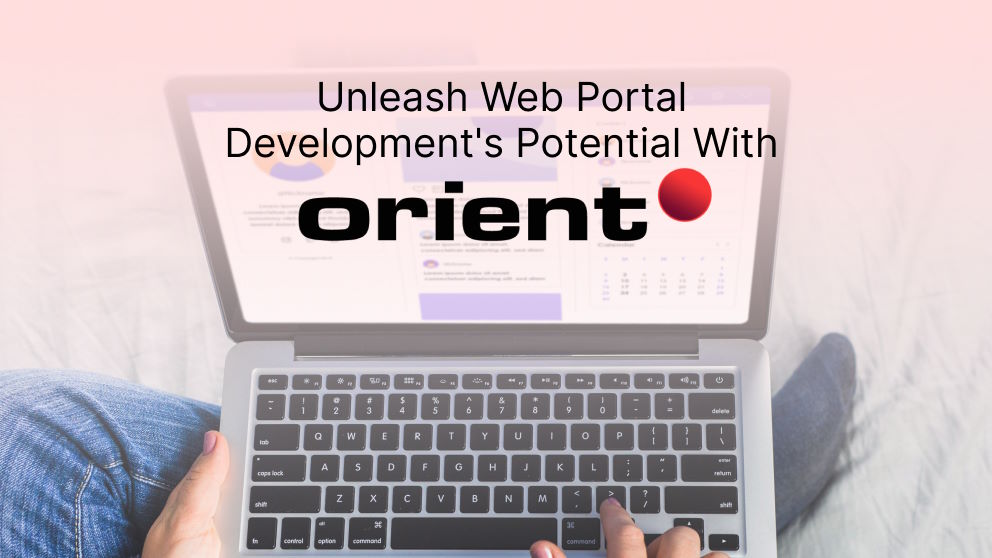
All the web portals above are only a few found in the market nowadays. The plethora of web portals available in the market reflects the diverse needs and demands of different industries, organizations, and users. Regardless of their type, all successful web portals have the same objective: to provide a seamless and user-friendly experience while delivering relevant content and services to their users.
Surely, there will be an increasing number of web portals catering to diverse individual needs in the future. As the lines between websites and web portals may be blurred due to several factors, it is advisable for business owners and developers to clearly communicate the functionality and purpose of their platform at the outset of the web application development process.
If you need some expert insights or even web development services to kick-start your own web portal project, let Orient Software, a reliable partner of clients across industries, give you a hand. Leave us a message today.





